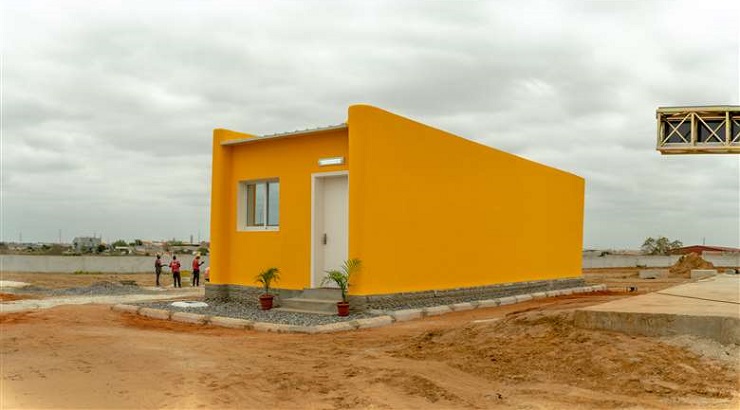Materials & Supplies
Revolutionary Admixture for 3D Printing of Buildings
D.fab allows 3D printers to use conventional concrete.

Mexican building materials giant Cemex has partnered with Danish manufacturer of 3D construction printers Cobod to develop a revolutionary system that allows 3D printers of buildings to use conventional concrete instead of specialised dry mix mortars.
Cemex has unveiled a new admixture known as D.fab, which – when applied using Cobod special 3D printers – enables the usage of ordinary ready-mix concrete in the building process, thereby allowing the use of readily available materials.
According to the two partners, D.fab converts conventional concrete into a flexible material that can be proficiently tailor-made for 3D printing construction.
The admixture is said to produce a more fluid and malleable concrete that enables the pouring process for 3D printing applications.
“The introduction of this revolutionary 3D printing system is a testament to our customer-centric mindset and relentless focus on continuous innovation and improvement,” said Juan Romero, executive VP of sustainability, commercial, and operations development at Cemex.
Specialised mortars
At present, 3D printing systems rely on highly specialised dry-mix mortars that are 5-10 times more expensive than conventional ready-mix concrete.
To overcome the issue of cost, the D.fab solution is introduced at the batching plant to make the concrete fluid easy to pump.
Another admixture, which speeds up curing, is added through the dozing unit at the printhead of Cobod’s printers to enable the concrete to gain shape instantly.
The solution only requires central sourcing of less than 1% of the concrete mix, while more than 99% of the concrete can be sourced locally – which helps builders achieve a 90% cost reduction in 3D printing construction materials.
RELATED: Kenya’s First 3D-Printed House Officially Opens in Athi River
The new technology has already been applied in Luanda, Angola, where property developer Power2Build used it to build the country’s first 3D-printed house.
Cobod began 3D construction printing back in 2017, and 3D printed Europe’s first 3D printed building, using a self-made concrete recipe. The company says it used too much cement to get the material to work, making their recipe not as efficient as aspired.
“However, we continued to look for a solution with ordinary concrete, which is critical for the mass application of our technology. We are more than pleased that Cemex took on the challenge and proud that we cooperated to develop the new solution,” said Henrik Lund-Nielsen, founder and general manager of Cobod International.
Ricardo Almeida, CEO of Power2Build, Angola said: “For our first building for the walls we used 12 m3 of concrete of 80 Euro/m3, so our total cost for the concrete materials for the 53 m2 house was less than 1,000 Euro.
“With such low materials prices, the strength and quality of concrete combined with the speed and automation of 3D printing, we can help solve the affordable housing crisis in Angola and elsewhere.”














